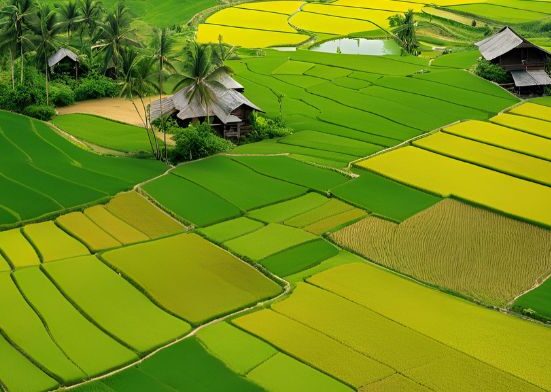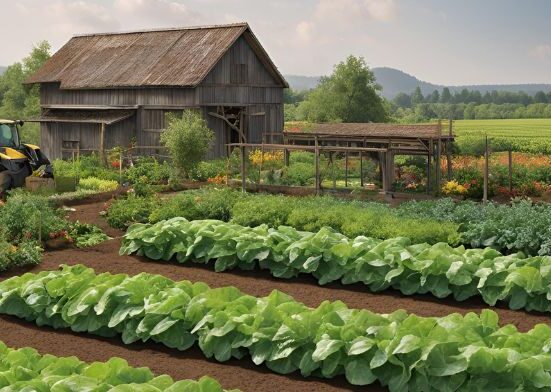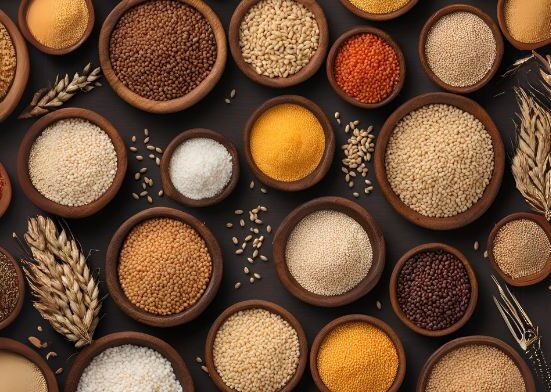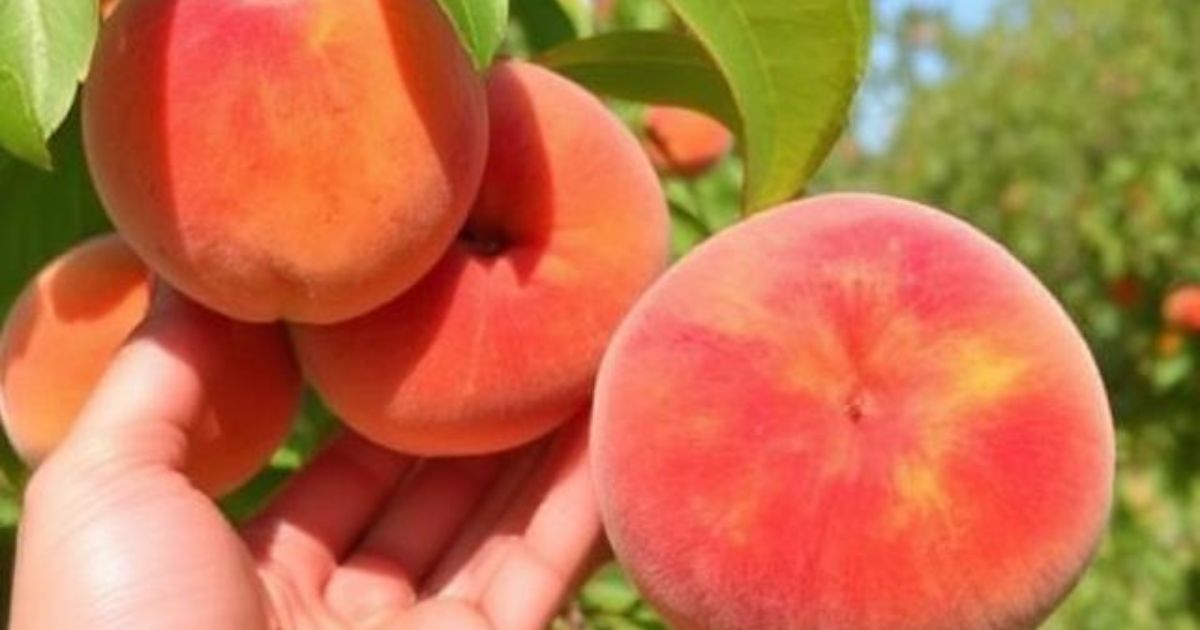California, often referred to as the Golden State, is famous for its sunny beaches and Hollywood glamour and its bountiful agricultural output. Peaches hold a special place among the many fruits that thrive in California’s fertile soils. Known for their juicy flesh, vibrant colors, and sweet-tart flavor, peaches are a summer staple that Californians and visitors alike eagerly await each year. But when exactly is peach season in California, and what makes this time of year so special? In this comprehensive guide, we’ll dive into the ins and outs of California’s peach season, exploring its timeline, regional nuances, popular varieties, and much peach season California more.
Peach Season: A General Overview
Peach season in California typically spans from late spring to early fall, with the peak occurring during the summer months. The exact timing can vary depending on several factors, including the region within California, the specific peach variety, and weather conditions. Generally, you can expect fresh peaches to start appearing at farmers’ markets and grocery stores as early as May, with the season extending through September and, in some cases, into early When is peach season in California is green house farming profitable October.
Peaches are a stone fruit, meaning they have a single pit or “stone” at their center. They thrive in California’s Mediterranean climate, which offers warm, dry summers and mild winters—ideal conditions for producing high-quality fruit. California is one of the top peach-producing states in the U.S., contributing significantly to both fresh and processed peach markets. According to the California Department of Food and Agriculture, the state produces over 70% of the nation’s peaches, making it a powerhouse in the peach industry.
The Timeline of Peach Season in California
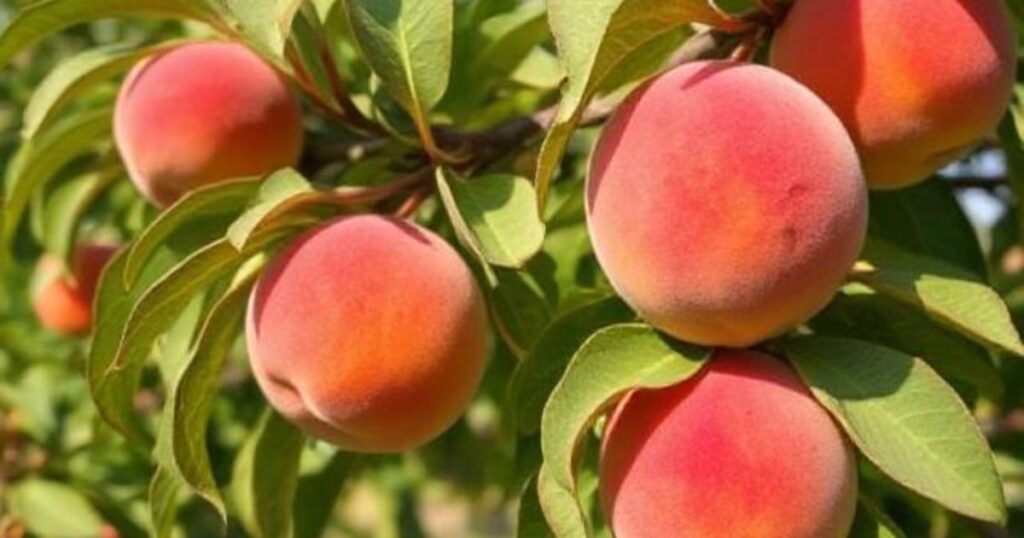 California’s peach season stretches from late April through September, thanks to the state’s diverse climate and vast growing regions. The season typically begins in the southern parts of the state, such as the San Joaquin Valley, where early varieties like clingstone peaches start ripening in late April to early May. By June, freestone peaches become more widely available, prized for their juicy texture and easy-to-remove pits, making them ideal for fresh eating and baking.
California’s peach season stretches from late April through September, thanks to the state’s diverse climate and vast growing regions. The season typically begins in the southern parts of the state, such as the San Joaquin Valley, where early varieties like clingstone peaches start ripening in late April to early May. By June, freestone peaches become more widely available, prized for their juicy texture and easy-to-remove pits, making them ideal for fresh eating and baking.
Peak harvest occurs between June and August, when markets are flooded with multiple varieties of both yellow and white peaches. As the season progresses northward, cooler regions extend the harvest into late September. Throughout the summer, roadside stands and farmers markets showcase the sweet, sun-ripened fruit, making California a premier peach producer. Understanding this timeline helps consumers enjoy peaches at their freshest and supports local agriculture during its most fruitful months.
May: The Early Birds
In warmer regions like the southern parts of the Central Valley (think Fresno and Kern Counties), peach season often kicks off in early to mid-May. Early-season peach varieties, such as Spring Lady and Queencrest, are among the first to ripen. These peaches tend to be smaller and slightly less sweet than mid-season varieties, but their arrival signals the start of something delicious. Farmers’ markets in cities like Fresno and Bakersfield often showcase these early gems, perfect for those eager to get a taste of when California peaches are in season, summer.
June: The Season Gains Momentum
By June, peach season is in full swing across much of California. The Central Valley, which produces the bulk of the state’s peaches, sees a surge in availability. Varieties like Redhaven and Flavorcrest start to appear, offering a balance of sweetness and tanginess. This is also when you’ll find peaches at roadside stands and local markets in places like Sacramento and Modesto. Coastal areas, such as Santa Barbara and San Luis Obispo, may see peaches a bit later in June due to cooler when are peaches in season hybrid farming temperatures.
July: Peak Peach Season
July is the heart of peach season in California, often considered the peak month for flavor and variety. The warm summer sun enhances the sugar content of peaches, resulting in some of the juiciest and sweetest fruits of the year. Popular varieties like O’Henry, Elegant Lady, and Suncrest dominate markets during this time. From the orchards of Yuba City to the farmers’ markets of San Francisco, peaches are everywhere, and their vibrant hues—yellows, reds, and oranges—add a splash of color to summer when do peaches come in season farming under solar panels spreads.
August: Late-Season Delights
As summer progresses into August, late-season peach varieties take center stage. Varieties such as Autumn Flame and Fairtime are known for their rich flavor and firm texture, making them ideal for both fresh eating and preserving. The Central Valley continues to produce abundantly, while cooler regions like the Sierra Foothills and parts of Northern California (e.g., Placer and Nevada Counties) see their peach harvests peak. August is also a great time to visit pick-your-own orchards, as many farms open their gates to peach season visitors.
September to Early October: The Season Winds Down
By September, peach season begins to taper off, though some late-season varieties and regions keep the fruit available into early October. In cooler areas like the North Coast and parts of Sonoma County, you might still find peaches at local markets. Varieties like Indian Blood and Rio Oso Gem close out the season with bold flavors and deep colors. However, by mid-October, fresh peaches become scarce, and attention shifts to canned, dried, or frozen peaches for year-round when is peach season in Georgia enjoyment.
Regional Variations in California’s Peach Season
California’s vast size and diverse climates mean that peach season doesn’t happen uniformly across the state. Here’s a closer look at how different regions experience peach season. The Central Valley, stretching from Redding in the north to Bakersfield in the south, is the heart of California’s peach production. This region’s hot, sunny summers and fertile soils make it ideal for growing peaches on a large scale. Counties like Fresno, Tulare, and Stanislaus lead the way, with orchards producing millions of pounds of peaches annually. The season here typically starts in May and runs through September, with July and August being the busiest months.
Sierra Foothills: A Boutique Experience
The Sierra Foothills, including areas like Placer and El Dorado Counties, offer a more boutique peach-growing experience. Smaller family farms and orchards thrive here, often focusing on heirloom and specialty varieties. The season in the foothills tends to start later (June) and peak in August due to cooler nights and higher elevations. Visiting a farm in places like Auburn or Placerville during this time is a treat, as you’ll often find unique peaches not available in supermarkets.
Coastal Regions: A Slower Ripening
Coastal areas, such as Santa Barbara, Monterey, and San Luis Obispo Counties, experience a delayed peach season due to cooler temperatures and foggy mornings. Peaches here may not ripen until late June or July, with the season wrapping up by early September. However, the slower ripening process can result in peaches with complex flavors, making them worth the wait.
Northern California: A Mixed Bag
In Northern California, regions like Sonoma, Napa, and Mendocino Counties produce peaches on a smaller scale. The season here often mirrors that of the Sierra Foothills, with harvests starting in June and peaking in August. The cooler climate can produce peaches with a slightly tart edge, perfect for baking or pairing with savory dishes.
Popular Peach Varieties in California
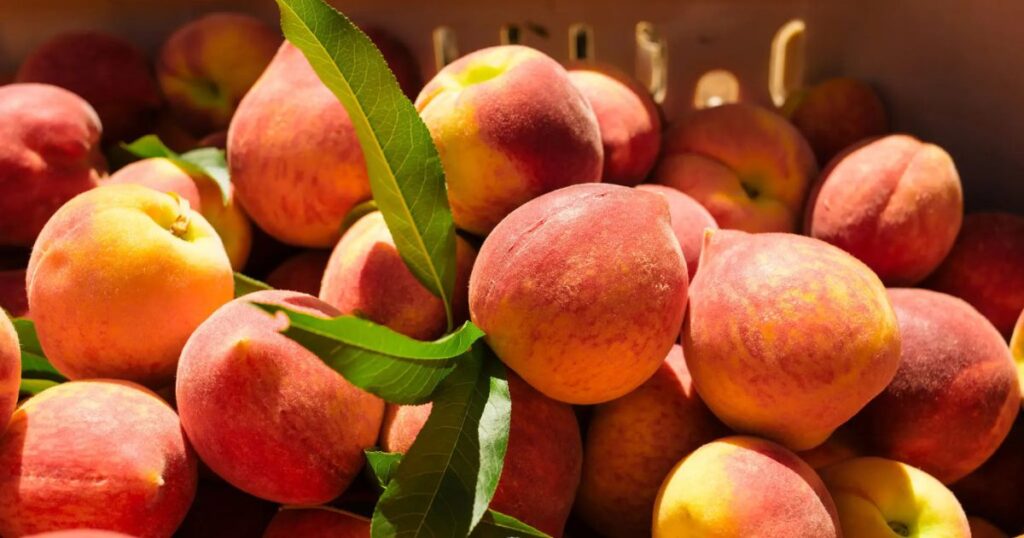 California is renowned for its diverse and flavorful peach varieties, thanks to its ideal growing climate and rich agricultural heritage. Among the most popular are the Yellow Cling peaches, prized for their firm texture and sweet-tart flavor, often used in canning. Freestone varieties like O’Henry and Fay Elberta are favored for fresh eating and baking, as the pits separate easily from the flesh. White-fleshed peaches, such as Babcock and Arctic Supreme, offer a low-acid, fragrant sweetness popular in farmers’ markets.
California is renowned for its diverse and flavorful peach varieties, thanks to its ideal growing climate and rich agricultural heritage. Among the most popular are the Yellow Cling peaches, prized for their firm texture and sweet-tart flavor, often used in canning. Freestone varieties like O’Henry and Fay Elberta are favored for fresh eating and baking, as the pits separate easily from the flesh. White-fleshed peaches, such as Babcock and Arctic Supreme, offer a low-acid, fragrant sweetness popular in farmers’ markets.
California’s Central Valley, with its hot days and cool nights, provides perfect conditions for growing high-quality fruit. Peach season typically runs from May through September, with different varieties ripening at different times. Whether eaten fresh, grilled, or baked into desserts, California peaches are a summertime favorite known for their juicy, sun-ripened flavor and wide range of textures and colors. Their popularity reflects the state’s deep connection to fruit cultivation and innovation. Popular Peach Varieties in CaliforniaPopular Peach Varieties in CaliforniaPopular Peach Varieties in California
Factors Influencing Peach Season
Peach season is influenced by a combination of environmental, geographical, and agricultural factors. One of the primary determinants is climate; peaches require a certain number of chill hours (cold temperatures during dormancy) to produce fruit, making regions with mild winters and warm summers ideal. Soil quality also plays a role—well-drained, sandy soils promote healthy root systems and sweeter fruit. Elevation and latitude affect blooming and ripening times, leading to variations in harvest dates across different regions.
Additionally, the specific peach variety grown impacts when the fruit matures, with early, mid-, and late-season types available. Weather patterns such as late frosts, drought, or excessive rain can shorten the season or damage crops. Finally, agricultural practices like pruning, irrigation, and pest control help ensure optimal yields and extend the harvest period. Altogether, these factors work in harmony to shape the timing, quality, and length of the peach season each year.
Weather
Weather plays a significant role in peach production. Warm, sunny days promote ripening and enhance sweetness, while excessive heat can stress trees and affect fruit quality. Rain during the blooming period (late winter to early spring) can reduce pollination, leading to a smaller harvest. Conversely, mild winters may cause trees to bloom too early, risking damage from late frosts.
Climate Change
Climate change is increasingly impacting agriculture, including peach production. Warmer winters can disrupt the chilling hours (periods of cold needed for fruit trees to set buds), while unpredictable weather patterns, such as droughts or heavy rains, can affect yields. California farmers are adapting by selecting varieties with lower chilling requirements and implementing water-saving irrigation techniques.
Farming Practices
Modern farming practices, such as pruning, thinning, and irrigation, also influence peach season. Thinning (removing excess fruit) ensures larger, higher-quality peaches, while drip irrigation helps orchards thrive in California’s often dry climate. Organic and sustainable farming practices are gaining popularity, with many farms prioritizing soil health and biodiversity.
How to Enjoy Peach Season in California
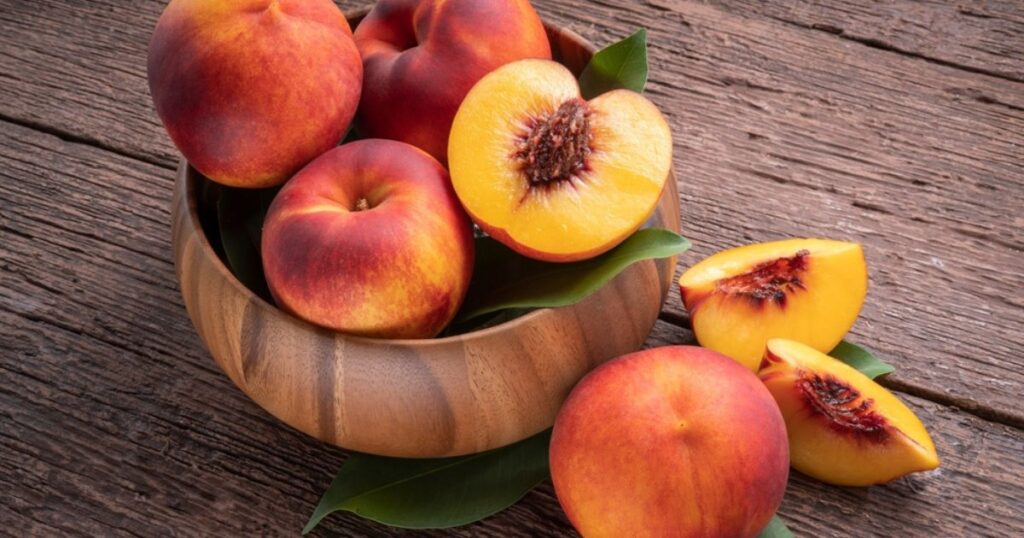 Peach season in California, typically from May through September, is a delicious celebration of summer’s bounty. To truly enjoy it, start by visiting local farmers’ markets or U-pick orchards in regions like Fresno or Modesto, where the fruit is freshest. Sample different varieties from yellow to white peaches—and don’t be afraid to ask farmers for ripeness tips or recipe suggestions.
Peach season in California, typically from May through September, is a delicious celebration of summer’s bounty. To truly enjoy it, start by visiting local farmers’ markets or U-pick orchards in regions like Fresno or Modesto, where the fruit is freshest. Sample different varieties from yellow to white peaches—and don’t be afraid to ask farmers for ripeness tips or recipe suggestions.
At home, enjoy peaches fresh, grilled, or baked into cobblers and pies. You can also blend them into smoothies or preserve them in jams to savor the flavor year-round. Attend peach festivals, such as the Marysville Peach Festival, to experience local culture, food, and music. For an extra treat, pair peaches with California wines like Moscato or a light Chardonnay. Whether you’re exploring orchards or crafting desserts in your kitchen, California’s peach season offers a sweet opportunity to connect with the land and enjoy farm-to-table freshness.
Visit Farmers’ Markets
Farmers’ markets across California, from San Francisco’s Ferry Building to San Diego’s Little Italy, are the best places to find fresh, locally grown peaches. Chat with farmers to learn about their varieties and get tips on selecting the ripest fruit. Look for peaches that are fragrant, slightly soft to the touch, and free of bruises.
Go Peach Picking
Many orchards offer pick-your-own experiences, especially in the Central Valley and Sierra Foothills. Farms like Masumoto Family Farm in Fresno and Apple Hill in El Dorado County welcome visitors to wander through orchards and harvest peaches straight from the tree. It’s a fun, family-friendly activity that connects you with the source of your food.
Cook and Preserve
Peaches are incredibly versatile in the kitchen. Enjoy them fresh in salads, smoothies, or as a snack, or try these ideas:
- Bake: Make peach pies, cobblers, or crumbles using freestone varieties like O’Henry.
- Grill: Halve peaches, brush with honey, and grill for a caramelized treat.
- Preserve: Can or freeze peaches to enjoy their flavor year-round. Clingstone varieties are great for jams and chutneys.
- Pair: Combine peaches with savory ingredients like burrata, prosciutto, or arugula for a summery dish.
Attend Peach Festivals
California hosts several peach-themed events during the season. The Marysville Peach Festival in Yuba County, typically held in July, celebrates the region’s peach heritage with tastings, live music, and local crafts. Similarly, farms in Fresno and other areas may host peach-picking days or farm-to-table when is peach season dinners.
Tips for Selecting and Storing Peaches

Peaches are a summer favorite, but choosing and storing them properly ensures the best flavor and freshness. When selecting peaches, look for fruit with a vibrant color and a slight give when gently squeezed—this indicates ripeness. Avoid peaches with green tones, as they were likely picked too early. A sweet fragrance is also a good sign of ripeness.
If your peaches are still firm, leave them on the counter at room temperature for a day or two to ripen. To speed up the process, place them in a paper bag. Once ripe, store peaches in the refrigerator to slow spoilage, but eat them within a few days for peak taste. Avoid stacking peaches, as they bruise easily. For long-term storage, peaches can be sliced and frozen—just peel and pit them first, and sprinkle with a bit of lemon juice to preserve color. With the right care, peaches can stay sweet and when is peach season delicious.
The Cultural and Economic Significance of Peaches in California
Peaches are more than just a fruit in California—they’re a cultural and economic cornerstone. The state’s peach industry supports thousands of jobs, from farmworkers to distributors, and generates significant revenue. Family-owned orchards, many operating for generations, contribute to the state’s agricultural heritage, preserving traditions and fostering community connections.
Peaches inspire culinary creativity, appearing in everything from classic cobblers to modern farm-to-table dishes. Chefs and home cooks alike experiment with peaches in innovative ways, showcasing the fruit’s versatility and celebrating California’s farm-fresh ethos.
Challenges Facing California’s Peach Industry
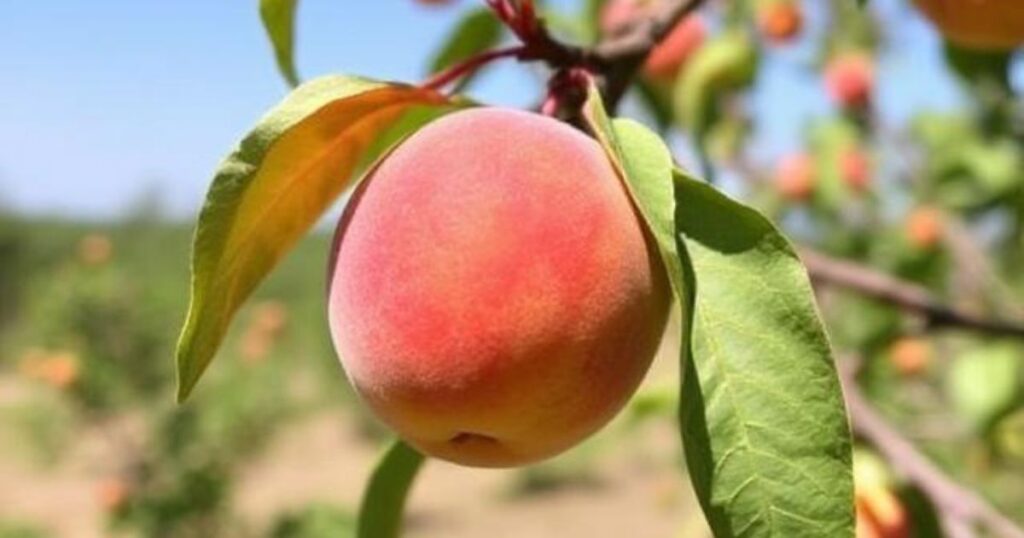
Despite its success, the peach industry faces challenges. Water scarcity, exacerbated by droughts, is a major concern, as peach trees require consistent irrigation. Labor shortages and rising costs also strain farmers, particularly smaller operations. Additionally, competition from other peach-producing states like Georgia and South Carolina, as well as international markets, adds pressure to maintain quality and affordability.
To address these issues, many farmers are adopting sustainable practices, such as precision agriculture and cover cropping, to conserve resources and improve resilience. Research institutions, like the University of California, Davis, are also developing new peach varieties that are drought-tolerant and disease-resistant.
Looking Ahead: The Future of Peach Season
As climate patterns shift and consumer preferences evolve, California’s peach industry is poised for change. Farmers are experimenting with new varieties and techniques to ensure a steady supply of high-quality peaches. Meanwhile, the rise of agritourism—think farm stays, orchard tours, and peach-themed festivals—is helping connect consumers with the source of their food, fostering a deeper appreciation for California’s agricultural roots.
Conclusion:
Peach season in California is a vibrant, delicious time of year that showcases the state’s agricultural prowess and culinary creativity. From the first early-season peaches in May to the late-season varieties in September, there’s no shortage of opportunities to enjoy this beloved fruit. Whether you’re picking peaches at a local orchard, browsing a farmers’ market, or baking a peach pie at home, the season offers something for everyone.
So, when is peach season in California? It’s a months-long celebration of sun-ripened fruit, regional diversity, and the farmers who make it all possible. Mark your calendar, grab a basket, and dive into the juicy goodness of California peaches; you won’t be disappointed.
FAQ:
When does Peach Season start in California?
Peach season in California typically begins in late spring, around May. Early-season varieties may begin to ripen around this time.
When is the Peak of Peach Season in California?
The peak of peach season in California usually occurs from June to August. During this period, peaches are at their sweetest and most abundant.
How long does the Peach Season last in California?
Peach season can last from May through September, with different varieties being harvested at other times. Some late-season peaches can be found into early fall.
What are the best Varieties of Peaches grown in California?
California is known for producing a wide range of peach varieties, including clingstone, freestone, and donut peaches. Varieties like the O’Henry, the Red Haven, and the California Cling are among the most popular.
Where in California can I find Peaches?
Peach orchards are widespread across the state, with major growing regions including the Central Valley, San Joaquin Valley, and parts of the Sacramento Valley.



